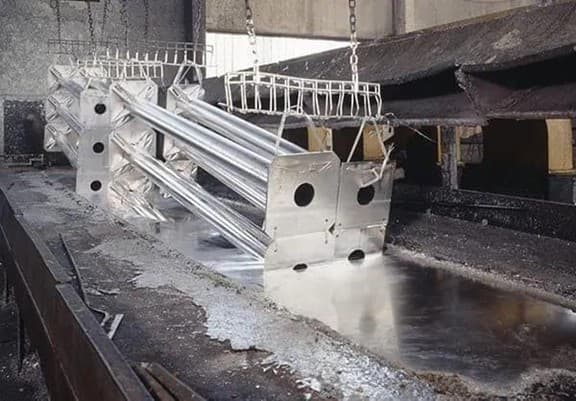
By Joe Woodward, Chair Recruitment Director,VistageThroughout any given year, a certain proportion of the workforce will change jobs. But as we know, 2021 has been anything but normal.
The Office of National Statistics (ONS) reports that total job vacancies in the UK reached 1.1 million between July and September 2021 – this is the highest figure since records began in 2001.
With so many vacancies and so few candidates, employers have been forced to increase wages to both attract and retain talent. In fact, data from the ONS reveals a 6% rise in average pay.
These statistics are mirrored by Vistage’s latest SME Confidence Index by which, in Q3, 70% business leaders reported difficulties in recruiting and retaining talent. As a result, 71% have increased wages to compensate. The number of vacancies has impacted on retention too. 31% of CEOs are seeing greater levels of employee churn, and 40% of leaders are seeing its impact on their ability to operate at full capacity.
During lockdown in 2020, UK workers were looking out on what they saw as a relatively bleak and uncertain landscape. Fast forward to 2022, the picture is a little different as the economy continues to bounce back, and we all learn to live with COVID-19. Many people have felt empowered to seek new and more fulfilling jobs that meet their new expectations.
This has created a challenge for businesses in the UK to attract new talent as well as retaining their best people. Here are some top tips on how to win the war for talent and retain the most valued employees as a small business leader.
-
Identify who your best people are
In order to plan accordingly for the current talent war, business leaders need to take the time to identify the workers they simply cannot afford to lose. Ask yourself, “whose resignation would give me sleepless nights?”.
Every organisation has a small percentage of people who are absolutely mission critical. Once identified, business leaders should make it a priority to connect and understand what the priorities are for these groups of people and what their expectations in the workplace are. By ensuring that the business is doing all it can to ensure that they are happy and performing in their role would be critical for retention.
● Ensure employees feel valued nowOnce businesses can establish their star employees it’s vital that they’re made aware of how valued and appreciated they are within the team. star. Are they getting some stretch in their role? Are they receiving the recognition they deserve?
Failing to communicate this properly can leave employees feeling unacknowledged or taken for granted and push them to look elsewhere for job satisfaction.
● Invest in your team
It’s also worth sitting down with employees at least every six months to explore their aspirations and the opportunities that might exist for them within the business in the next 12 – 24 months; and have an open conversation about whether their current pay is in line with performance in the company.
Once you’ve answered all these questions, you should be able to clearly see if you’re doing enough to keep your top people. If you’re not doing enough, you’re at a pivotal moment.
What are you going to do to try and keep this team member? Do you need to act now and conduct a retention interview with this person to prevent an exit interview in two- or three-months’ time?
Conclusion
The war for talent doesn’t have to end in attrition resulting in The War for Talent. The past couple of years have been difficult for most business leaders who have been left juggling a lot of moving parts in their business. However, it’s important that valuable employees are not forgotten in the thick of things. Leaders who clearly nurture talent will ultimately fare better than most when it comes to The Great Resignation.
Beyond this, by focusing on retaining your best people, business leaders will be better prepared to weather whatever may come in the new normal but having their most valuable team members become their most loyal; which is turn make attract more loyal employees.


